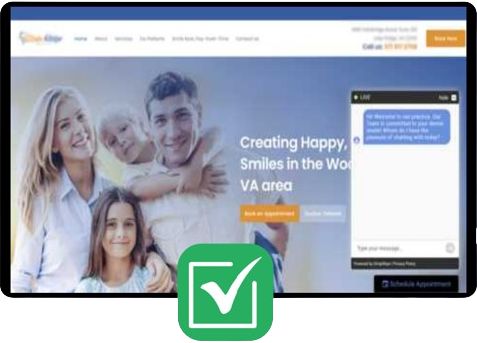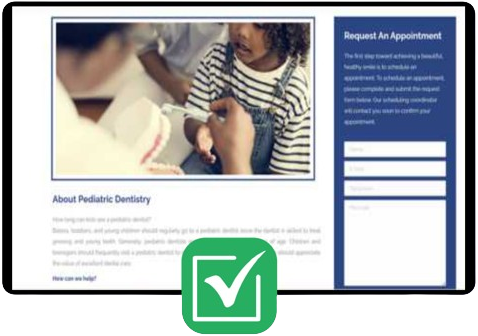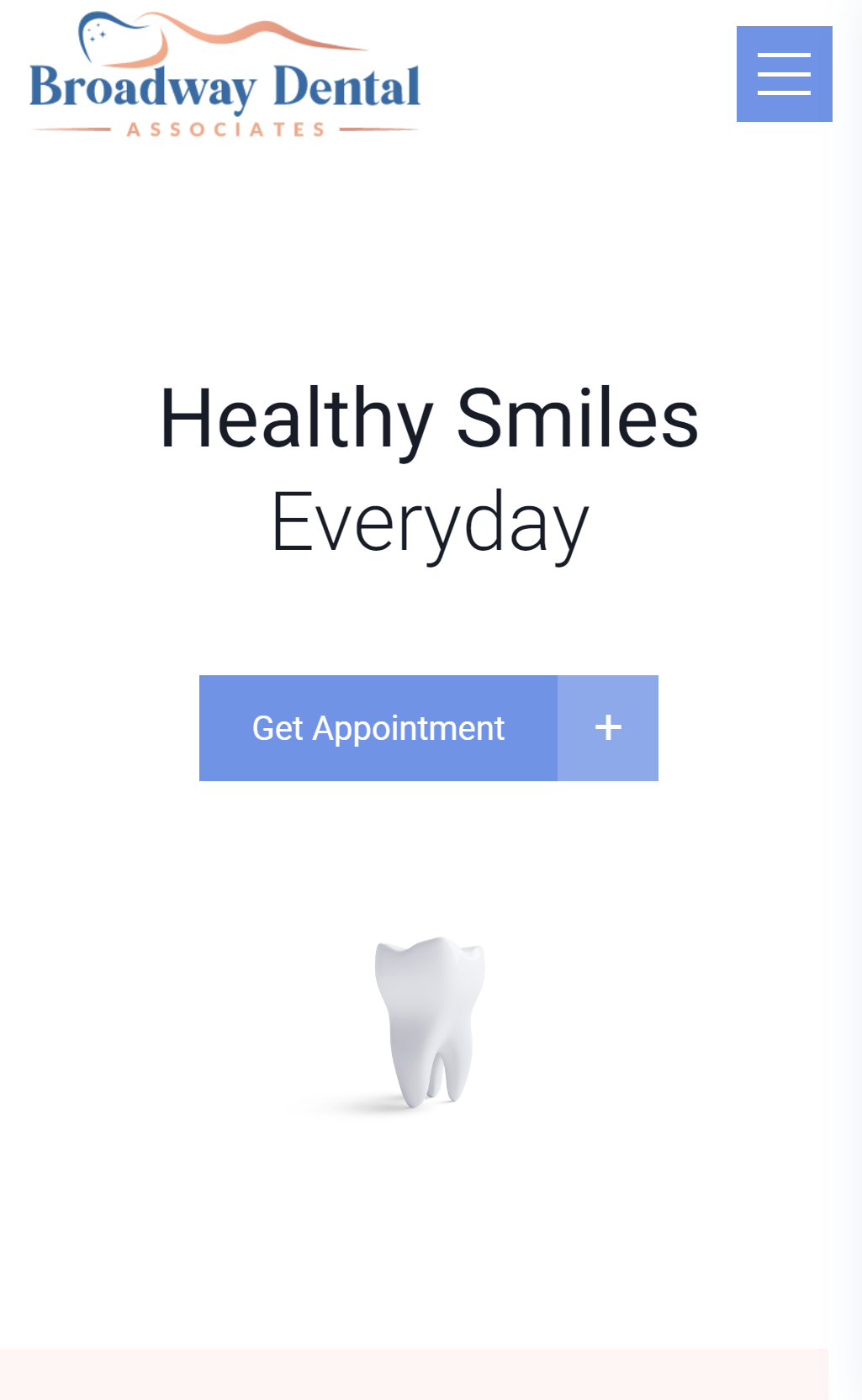Critical Questions Every Dentist Should Ask About Their Website
- Rashid Munir
- Home
- Web Design
- Critical Questions Every Dentist Should Ask About Their Website

Did you know a simple tweak in your website’s design could skyrocket your dental practice to the top of Google searches?
Yes, it’s that powerful. In today’s digital age, where a Google search decides who gets noticed, many dentists are left wondering why their websites are invisible. The secret? It’s all in the design. A great design attracts more patients and sets you up as the go-to dentist in town. On the flip side, poor design can mean you’re hardly found. Let’s fix that.
This article reveals easy, actionable steps to instantly boost your site’s appeal and visibility. Get ready to transform your website into a patient-attracting magnet, effortlessly.
Take a moment to view your website through your patients’ eyes. As you navigate, ask yourself:
Is It Mobile-Friendly? In an era where everyone's on their phones, can patients easily access and navigate my site on any device?
In 2023, over 85% of the US population used a mobile phone to access the internet. That figure is expected to rise, reaching 89% in 2029. Americans use their phones to answer urgent medical questions, book medical appointments, and, according to Pew, access their medical records.
Unless your website is optimized for both mobile devices and desktop computers, you’re missing out on a significant chunk of the patient population. Younger demographics, in particular, rely on mobile devices for completing everyday tasks.
Indeed, 85% of adults think a company’s website should be as good or better than its desktop website when viewed on a mobile device.


Where's the Call-to-Action (CTA)? Do I clearly guide visitors to book an appointment?
A clear and compelling call-to-action button is crucial to guide patients in taking the next step, which could be booking an appointment, calling your office, or subscribing to a newsletter. It is important to position CTAs strategically throughout your website, especially on the homepage and at the end of informative sections. This will encourage engagement and reduce bounce rates. will encourage engagement and reduce bounce rates.
Don’t just say “Appointment Request” like the page on the right without including a CTA button. See how the other design includes an eye-catching orange button with a clear CTA, “Book an Appointment.” It’s unmissable!


How Simple Is It? Is my website clutter-free and straightforward, inviting patients to explore without confusion?
Simplicity is crucial in healthcare website design. Busy and cluttered websites can confuse visitors, leading them away from the information they need. Instead, utilize clear headings, a logical navigation menu, and a clean layout. layout.


As seen in the two example web pages, one is well-organized, with a simple color scheme and clear sections. The other, on the other hand, has broken links, multiple colors, and a disorganized layout. Which one would you prefer?
Are My Images High-Quality? Do the visuals on my site immediately convey professionalism and the high standard of care patients can expect?
Did you know that slow-loading images can be a problem for websites? This is because the higher the quality of the image, the slower it takes to load. Slow-loading images can cause frustration for website visitors, leading to a decrease in engagement. In fact, 39% of people will stop engaging with a website if the images won’t load or take too long to load. To prevent this, it’s important to balance clarity with the image’s file size. This means ensuring that the image looks good but doesn’t slow the website down to a crawl.


Is My Content Valuable? Am I offering the insights, tips, and information that my patients are actively seeking out, establishing my practice as a trusted resource?
Patients who visit a doctor or dentist expect clear, concise advice about their health. Your website should do the same. Offer valuable information that answers common patient questions, details your services, and highlights your expertise.
That being said, the average user spends 5.59 seconds reading your website’s written content. More often than not, people are skimming your website copy. You should provide just enough written content to convey your point, and not a sentence more.






















